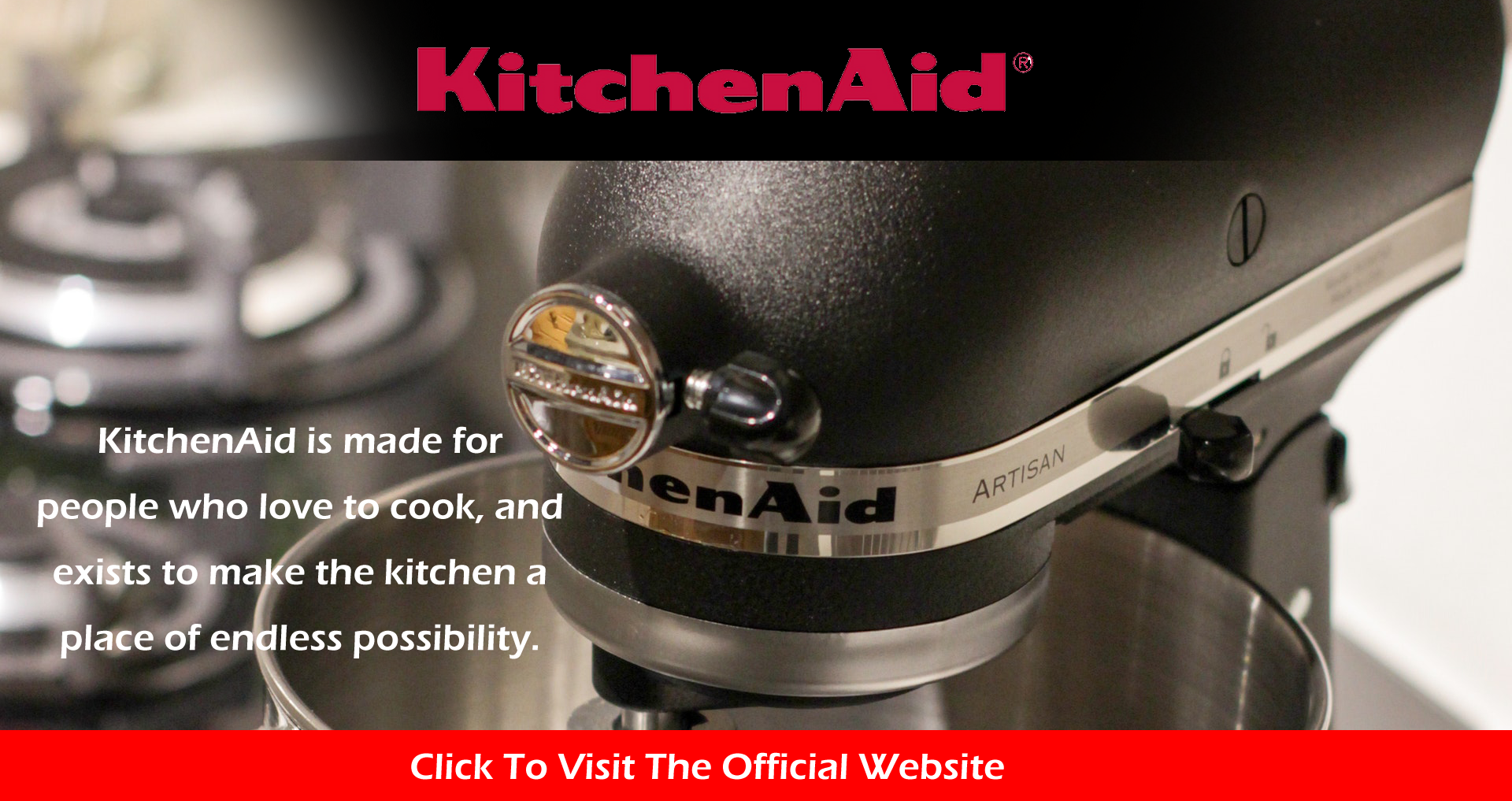Kitchenaid
This post may contain affiliate links. I may earn a small commission if you make a purchase after clicking on one of my links.Kitchen cookware and accessories
Stainless steel is made from iron and other metals, which is strong and resists against wear and tear. It is inexpensive, long lasting and is most popular in North America. The metals used in stainless steel or iron, may produce health effects such as iron, nickel and chromium.
Ceramic pottery, enamel or glass cookware is easily cleaned and can be heated to fairly high temperatures. Ceramic is glazed; similar glazes are applied to metals to make enamelware. These glazes, a form of glass, resist wear and corrosion.
For cooking and storing food, plastic is lightweight and nearly unbreakable. Many containers have been made for use in microwave ovens, where metal cookware is not suitable.
Stainless steel cookware should be washed in hot, soapy water or a warm ammonia and water solution, thoroughly rinsed and immediately dried to avoid water spots. Use mild, stainless steel cleaners or light scouring with a plastic or stainless steel scouring pad to remove most stains; don't use steel wool, chlorine bleach or alcohol
Cast iron cookware is usually pre-seasoned coated with unsalted fat and heated to prevent rusting, unless porcelain coated. It should be washed in warm, sudsy water and frequently treated by coating the cast iron interior surface with unsalted shortening, left until its next use, and then wiped out. To re-season, scour the pan completely, rinse and dry; then coat the inside with unsalted fat and leave in moderate oven for two hours. Remove and wipe off excess grease
To remove copper cookware discoloration, use commercial cleaner or a mixture of flour, salt, lemon juice and ammonia applied before regular washing. Wash chrome cookware with warm water and soap or detergent. Do not use abrasive cleaners.
![furnituresection[1]](https://furnituresection.com/wp-content/uploads/2021/10/furnituresection1.png#271)
